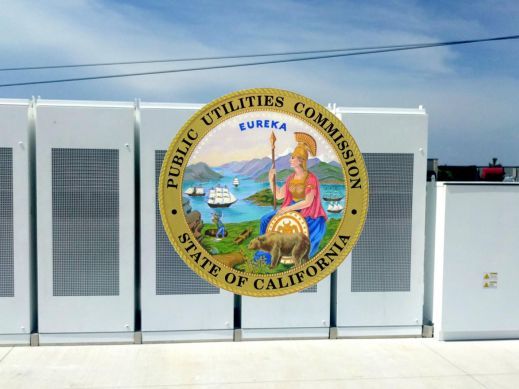
Over half of homeowners or businesses cannot install solar due to rooftop or financial limitations. Community solar may make sense for these folks. As of October 2018, the U.S. boasted 1.2 GW of community solar installations throughout 42 states. Learn how community solar can be an equalizer among homeowners, renters, and businesses yearning to live more sustainably and save money. Here’s a breakdown of the three central models in which community solar operates today.
Utility-Sponsored Model
Utility-sponsored models of community solar make renewable energy more available by decreasing financial commitments from homeowners and business owners. For neighborhoods that want to organize a community solar project, the local electric utility is a logical place to start. Utilities most likely have the legal and program management infrastructure to successfully organize a community solar project. Most customers opt to pay a fixed rate on a long-term plan within these programs; moreover, they receive credits on their electric bills proportional to their financial contribution and the electricity generated. Thus, the fixed rate is protected against instability and rising rates of grid electricity. Furthermore, even though the customer has no ownership over the solar system, they have rights to the benefits that the solar system produces.
Surprisingly enough, Minnesota is the leader in installed megawatts of community solar from a utility. According to the Institute for Local Self-Reliance, Minnesota has 505 megawatts of operational community solar as of January 2019. Below is a graph of the overall progress of the state’s community solar program since August 2015.

Special Purpose Entity
Special Purpose Entity community PV projects are solar plants are owned by a third party like a business. Community members subsequently subscribe to the solar plant and invest their money. The subscriptions involve individuals purchasing a set share of a community solar (i.e. 1000 kWh/month) and then earning credit if they use less than their purchase share that month. These credits are paid out in either in kWh offsets or in cash. The main draw to this model is that these third parties are able to take advantage of incentives and tax credits that are not available to utilities. Massachusetts has the most amount of third-party community solar providers.
Non-Profit Model
The non-profit model involves a charity or non-profit organization owning the array and people donating to help raise capital to start the project. The non-profit then has the option to use the energy or sell it to the local utility for bill credits. The donors may also have options to receive some electrical benefits as well as available some tax deductions. Some non-profit models partner with for-profit businesses which allows them to own the system and take the tax incentives.
Types |
Utility |
SPE |
Non-profit |
|---|---|---|---|
|
Owned by |
Utility or third party |
SPE members |
Non-profit |
|
Financed by |
Utility, grants, ratepayer subscriptions |
Member investments, grants, incentives |
Donor contributions, grants |
|
Hosted by |
Utility or third party |
Third party |
Non-profit |
|
Subscriber profile |
Electric ratepayers of the utility |
Community investors |
Donors |
|
Subscriber motive |
Offset personal electricity use |
ROI; Offset personal electricity use |
Philanthropy |
|
Long-term strategy of sponsor |
Offer solar options Add solar generation (RPS) |
Sell system to host Retain for electricity production for life of the system |
Retain for electricity production for life of the system. |
Further Reading



